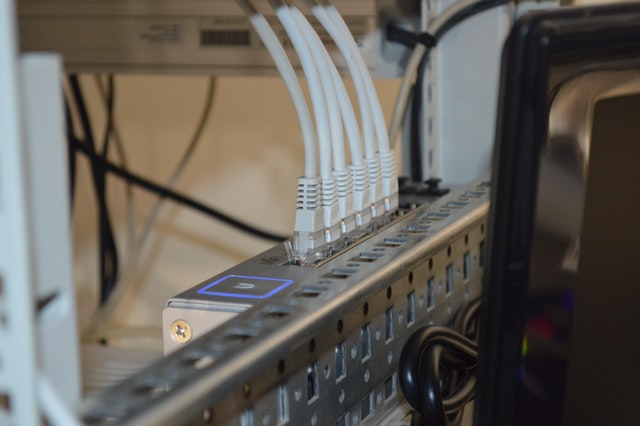
In 1992, Sprint offered the first dial-up internet services in America. By 2000, AOL was a household name and the phrase “You’ve Got Mail” could elicit a knowing smile from anyone who’d already dived into the World Wide Web. It all started with the crackle of a dial-up ISP that very slowly connected people to the Internet at 56K speeds. Twenty years later, there’s no crackle and no wait to get online. We’re always there.
The modern Internet is fueled by broadband at download speeds that average 204 Mbps across the country. We’ve gone from Little House on the Prairie to The Jetsons in a mere 20 years. The question for everyone now is, “Where are we going?” What will future Americans experience from their 2030 broadband service?
In 2030, Broadband Speeds Ahead
We probably won’t see a Dial-up to Broadband revolution of Internet speeds in the next 8 years, but we will see a much slower evolution that increases our average Internet speeds mightily thanks to Fiber Optic Internet services and perhaps unknown inventions that give us even faster ways to get online.
One forecaster of 2030 internet speeds is Mark Rapley, a Director of Operations for KWIC Internet. He believes that things will stay mostly steady and continue to offer “download speeds all the way up to speeds in the hundreds of megabits per second.” Rapley isn’t the only one with an opinion, though. University of Virginia professor Christopher Ali believes that eventually we’ll see 500 Mbps download speeds with a more stable upload speed.
2030 Internet Might Be More Affordable
At the end of 2021, the average internet consumer paid about $64 a month to get online from home. The pioneering Internet user in 2011 paid about $39 for broadband. Knowledgeable folks believe that despite the Internet soaring in price over just the last decade, it will eventually stabilize and stay closer to what we’re seeing in the current year.
Government organizations and businesses alike have a strong motivator for wanting Internet to remain affordable. Internet access is now seen as an “essential” service, with businesses having a lot to gain from a stable and affordable broadband internet price. Mark Rapley believes that there will be substantial legislative pressure to keep internet “affordable for all.” According to him, only one thing will send the price higher, and most Americans are familiar with the term. Inflation might raise the price, but otherwise, it’ll stay stable.
2030 Breakthrough in Rural Internet
Rural Americans have often been locked out of the Internet party, unable to access services like cable or DSL broadband ISPs. Satellite Internet came to the rescue for a while, but the sheer expense of satellite broadband is prohibitive to some rural households. With fewer incentives to evolve the technology, many satellite providers have closed up shop or failed to enhance their services for rural Americans.
Some rural Americans won’t be locked out of the revolution for long. Mark Rapley believes that “I expect the digital divide to close significantly by 2030.” His hero of the hour is low Earth orbit satellite services that might receive subsidies in the future and become more reliable to their rural users. This will result in better connectivity for rural Internet users by 2030.
The Journey Continues
Millions of Americans have been on a trip since 1992. Hundreds of millions more joined in along the way. It’s a trip that began with the crackle of dial-up and continues today with always-on Internet services that blaze through life at speeds of over 200 Mbps. Our entertainment stretches far and wide across what was once an empty countryside of text in 1992.
Experts can weigh in all they want, but remember that predictions are just predictions. In early 2000, many people scoffed at the idea of online clothing stores and believed they would never catch on. Those soothsayers were very wrong. If the Internet has taught us anything, it’s that unpredictable turns are sometimes the most beneficial moments of a very wild – and worthwhile – journey.
